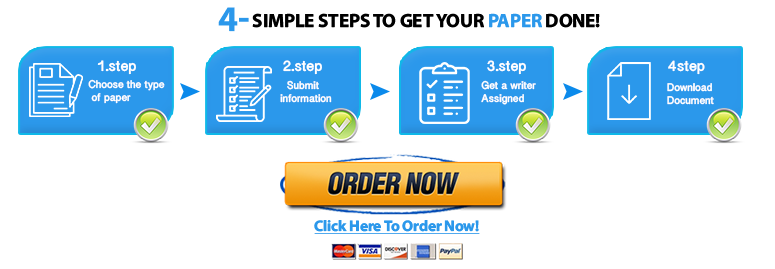naive bayes assignment
1. Given the transaction data shown in the Table below from a fast food restaurant. There are 9 distinct transactions (order:1 – order:9) and each transaction involves between 2 and 4 meal items. There are a total of 5 meal items that are involved in the transactions. For simplicity we assign the meal items short names (M1 – M5) rather than the full descriptive names
For all of the parts below the minimum support is 2/9 (.222) and the minimum confidence is 7/9 (.777). Note that you only need to achieve this level, not exceed it. Show your work for full credit (this mainly applies to part a).
a)
Apply the Apriori algorithm to the dataset of transactions and identify all frequent k-itemsets. Show all of your work. You must show candidates but can cross them off to show the ones that pass the minimum support threshold. This question is a bit longer than the homework questions due to the number of transactions and items, so proceed carefully and neatly.
Question 2:- Write a Code in R Language [3 Marks]
Consider dataset “Groceries” and apply apriori algorithm on it. What are the first 5 rules generated when the min support is 0.001 (0.1%) and min confidence is 0.9 (90%) .
Question 3 :- [ 3 Marks]
Suppose you have a database on four customers. You know their income and whether or not they bought your product. Create a data frame with this data.
You should calculate the probabilities by hand and also using R code.
Buy Income
Yes High
No High
No Medium
Yes Low
a) Using Bayes rule calculate the probability that a customer will buy your product given that he or she has high income.
b) Estimate naive Bayes model using your data above. What is the prior probability of someone buying your product? What is the probability that a customer has a high income give that he or she bought your product?
c) Using the model you estimated above predict the probability of buying given that a customer has high income. Is your result the same as the one you calculated by hand in question 1?


